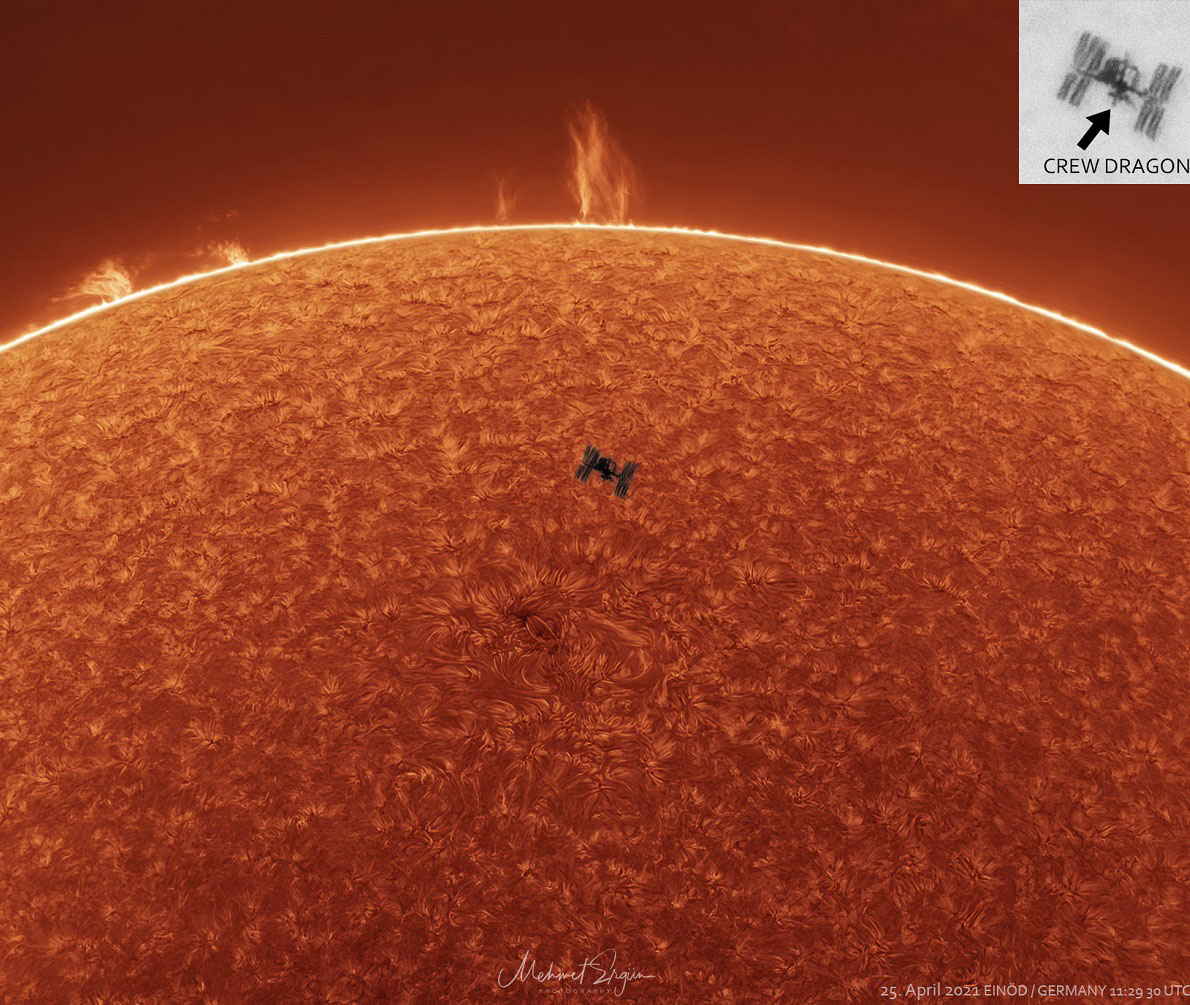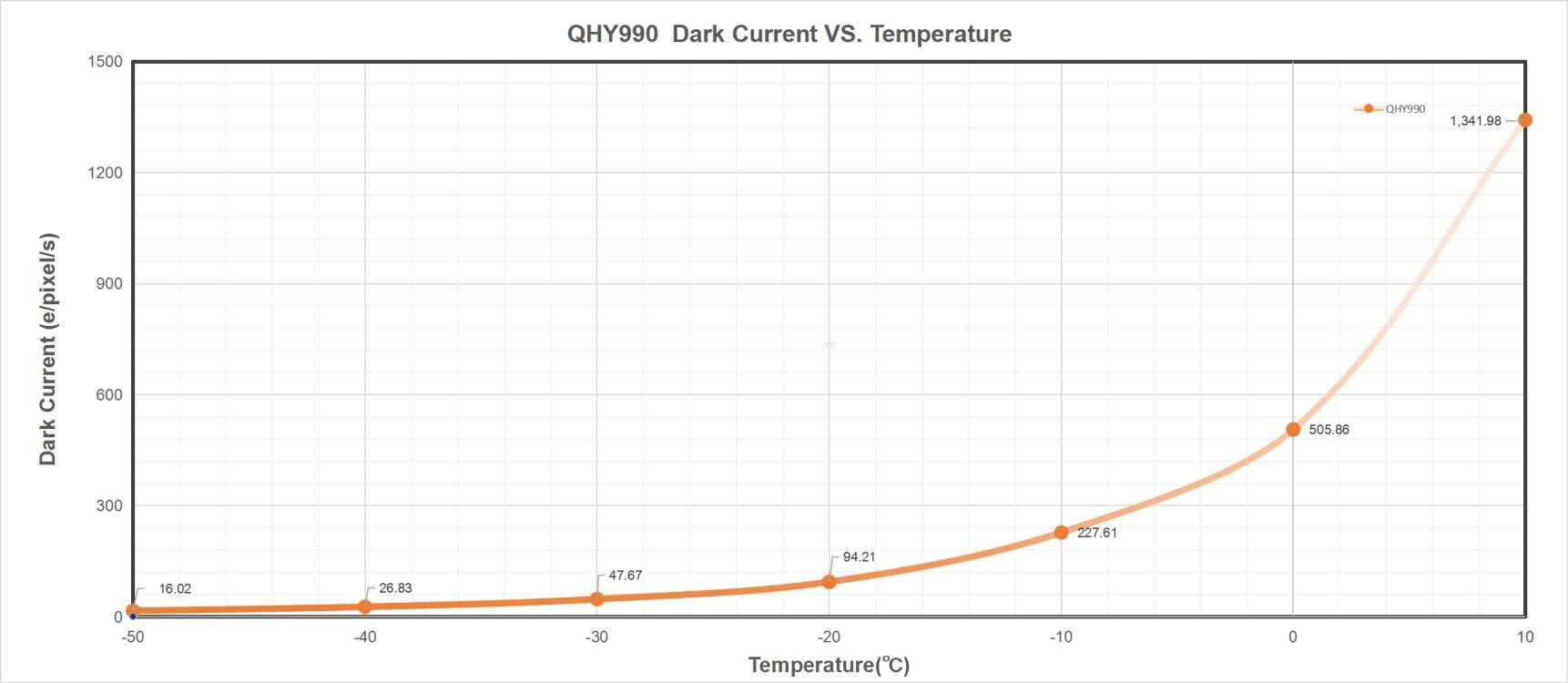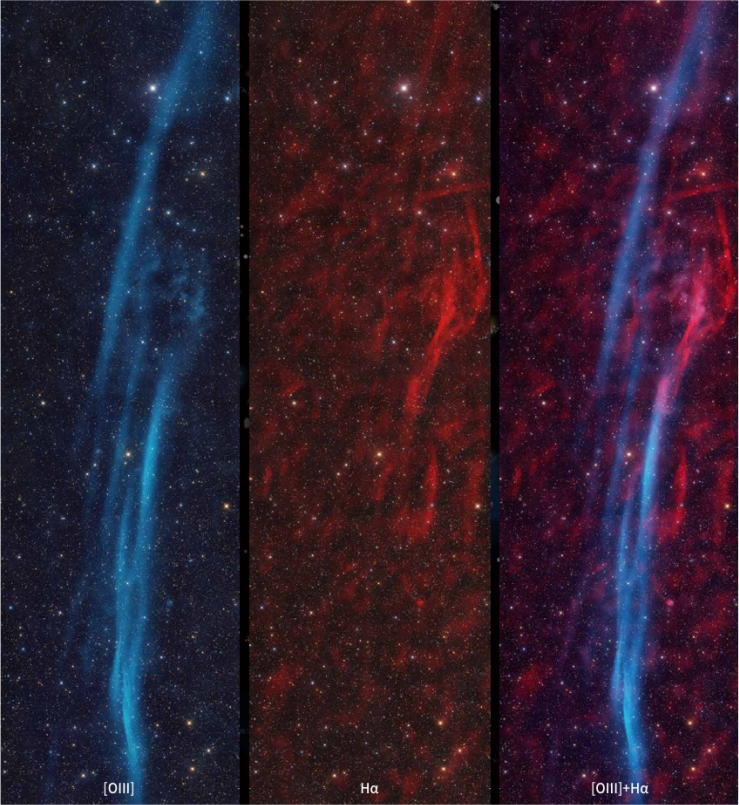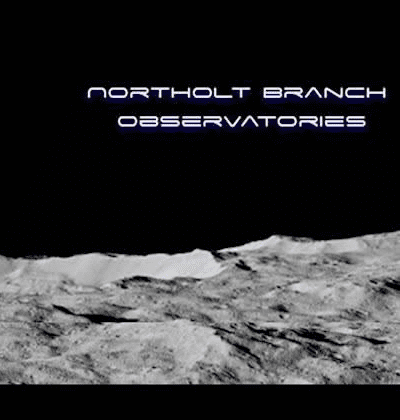Hi everybody! This is an image captured with QHY5III174M by Mehmet Ergun. He captures a perfectly-timed shot of the International Space Station as it passes across the sun. How does he make it? Let learn about the story!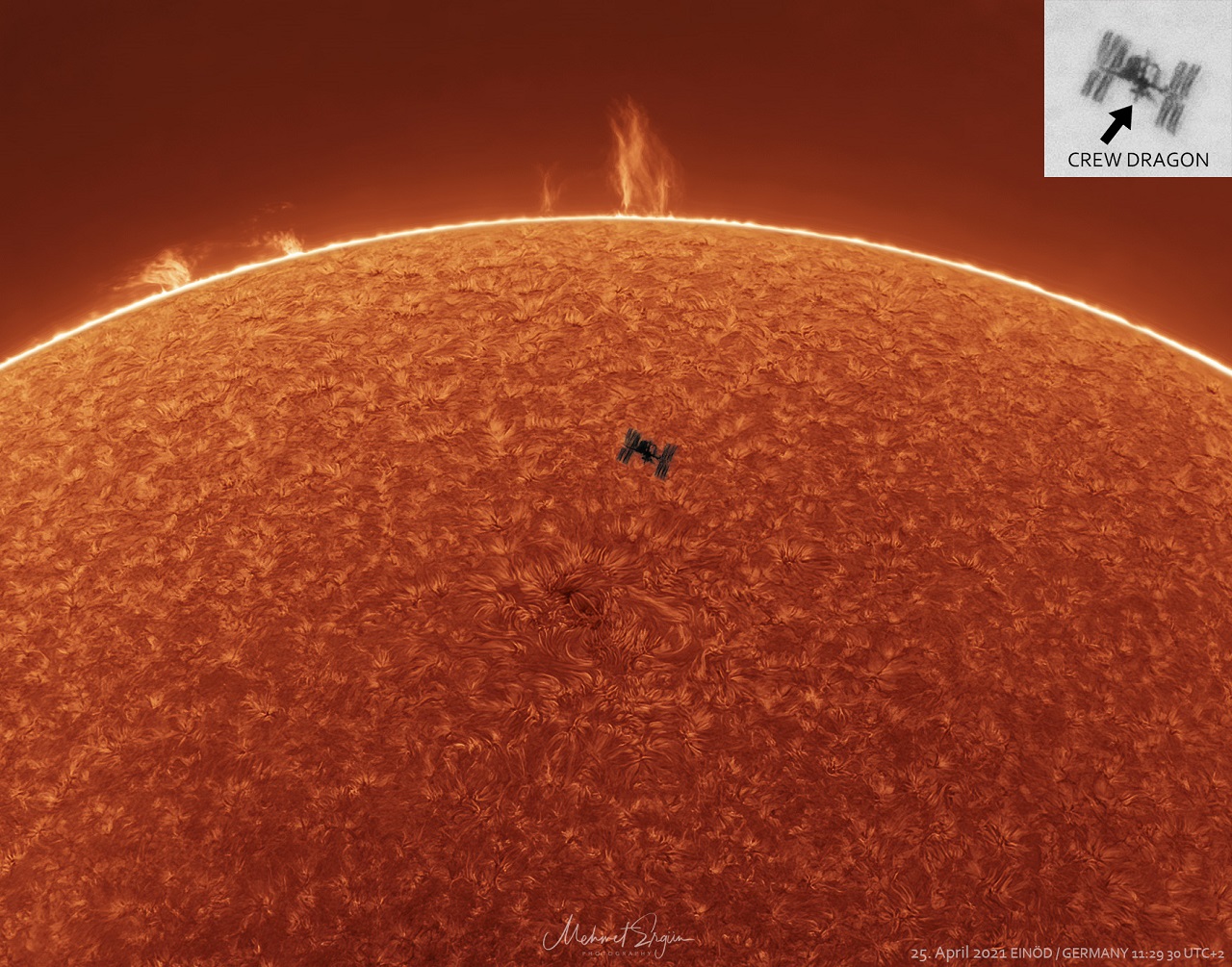
QHYCCD=Q Mehmet Ergun=M
Q: Hi Mehmet! It is a great honor to invite you for this interview. We really like the Solar activity work you took with QHY camera. Congratulations for this NASA APOD! Please give us a brief introduction of yourself.
M: I was born in Turkey in 1980 and grew up in Germany. I’ve been interested in our universe, especially astronomy, since I was a child. My favorite subject at school was always geography, and I couldn’t wait for my teachers to finish the subject on our home planet. Then my enthusiasm for the vastness and expansion of space began to grow. I acquired my knowledge of astronomy myself. When I was young, I spent most of my vacations in the countryside, away from cities and light pollution, where the view of our universe is even more beautiful, mysterious and undisguised.
Q: When did you start to be attracted by astrophotography?
M: Around 2010 I got my first telescope, which gave me first insights into our galaxy. I wanted to share this fascinating sight with my family and friends, which led to the desire to photograph precious and seemingly timeless moments. In 2015 my passion for astrophotography was born and I started to discover how colorful our universe really is …
Q: What do you think astrophotography brings to you?
M: Astrophotography makes the invisible visible and takes me on a journey through time. It brings me inner peace, it shows me how small and unimportant we are in the universe.
Q: Do you prefer planetary photography or deep-sky photography? Let us appreciate your work!
M: I started with planetary photography, Jupiter was my first astrophoto object. I see myself as an all-rounder, I take photos: solar system (moon, sun, planets), deep sky, milky way landscape.
https://drive.google.com/drive/folders/1QqUvF6nn-xHZvMA1sCgP2cADvsJfMsim?usp=sharing
Q: What astrophotography equipment do you have? What equipment were used for the solar activity shooting?
M: I have a large selection of equipment, since I photograph deep sky, the solar system and the Milky Way widefield, I have different optics, cameras and accessories. For my APOD Photo I used the equipment:
DayStar Gemini (halpha Solar Filter)
SharpStar 121SDQ (Optic)
Rainbow RST-135 (Mount)
QHY174M (Cam)
Baader D-ERF (energy reduction filter)
TS X0.5 2 ” (reducer)
Hutech Hinode (Solar Guider)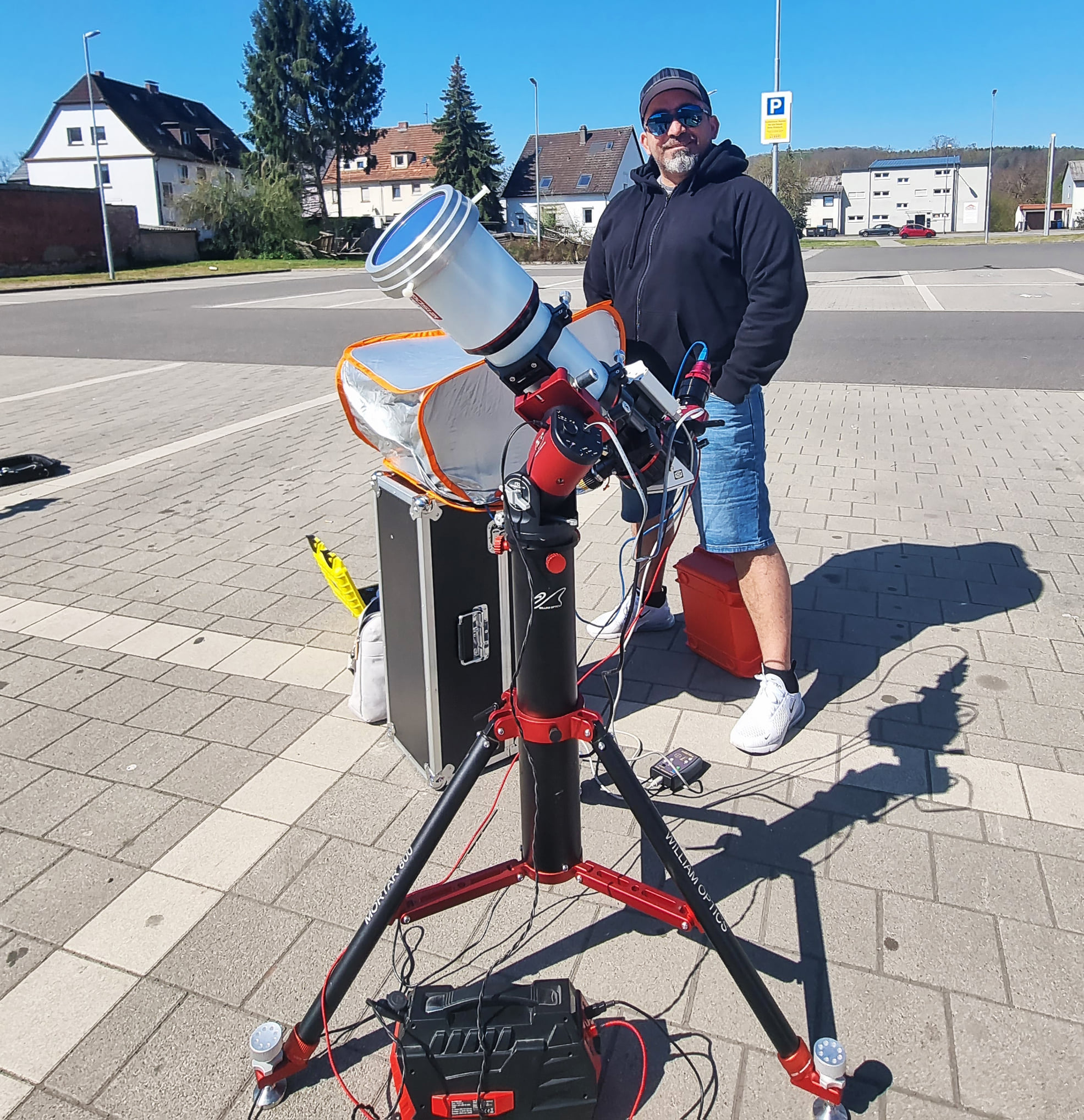
Q: Have you encountered any problems or interesting things during the shooting? Could you share some with us?
M: Planned 2 weeks ago, 35 KG equipment, 300 KM drive, 10 hours of total time investment. All for just 0.7 seconds! The ISS Transit could only be seen at a specific time and a specific place. So I had to choose a proper place, the people around this place looked at me curiously. It is not always easy to find a suitable place. The last few seconds are pure adrenaline. I’m always very excited, everything has to be right, the weather, the equipment, the software and much more.
Q: We know the images processed by everybody are different, what tips do you have on post-processing?
M: Good data needs only little processing. The preparation is very important, try to think of everything, usually small problems with photography bring bad results. I prepare myself with a checklist, or I set up and dismantle the whole system at home.
My 5 useful tips for beginners would be:
1- Know your night sky
Learn your night sky with the help of a star map or apps, so you can find your desired motifs and the Milky Way much faster.
2- Know your equipment
Know your equipment well, such as your camera. Learn the settings in advance, you don’t have much time for it in the evening.
3- Experience and Night Sky are not for sale
Two Important factors cannot be purchased in astrophotography. Experience is gained over the years, and a good night sky is associated with a lot of luck and effort.
4- Expectations & Results
Always remember, first and foremost you have to like your photo. Don’t set your expectations so high in the beginning. Calculate: experience in time + equipment + sky + skills = realistic expectation.
If your expectation matches your result, then you are on the right way.
5- Do not give up!!!
Astrophotography has different phases, often associated with ups and downs. In the beginning, more will often go wrong as well. But don’t give up!
Q: Do you have other QHY cameras? How do they perform?
M: Yes, i still own: QHY5iii290m and QHY5iii224c. I use them for the moon, sun and planets. I love my QHY cameras 🙂
Q: Which other QHY cameras do you have interest in?
M: I would be very interested in the QHY268M. At the moment I photography only mobile with my standalone (without laptop) system, but soon I will get a backyard observatory, so I would like a nice mono QHY APS-C.
Q: How do you feel about QHY cameras? Is there anything needs to be improved?
M: QHY makes high quality great products, I always recommend them.
Q: Thanks for accepting this interview. Have a good day!


